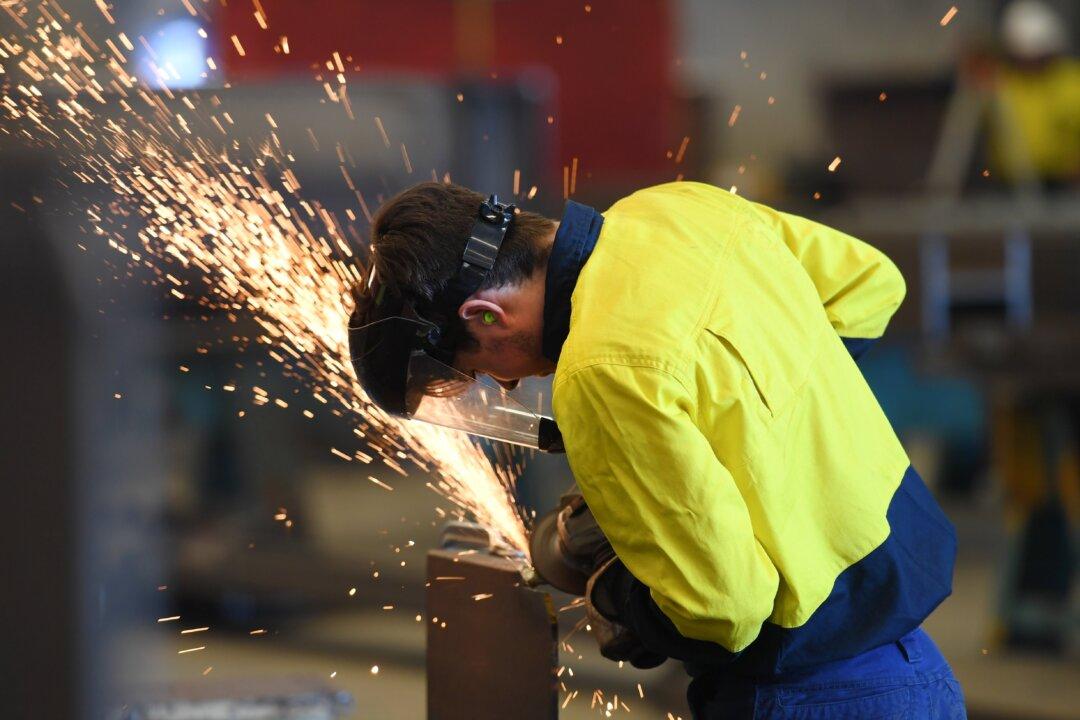A major peak industry body has revealed that Australia’s manufacturing sector slashed around 12,000 jobs, or 1.3 percent of the total workforce, in the 12 months leading to June 2024.
At a recent parliamentary inquiry on the cost of living, Jeffrey Wilson, a research director at the Australian Industry Group (Ai Group), discussed the challenges facing Australian businesses due to inflation.





